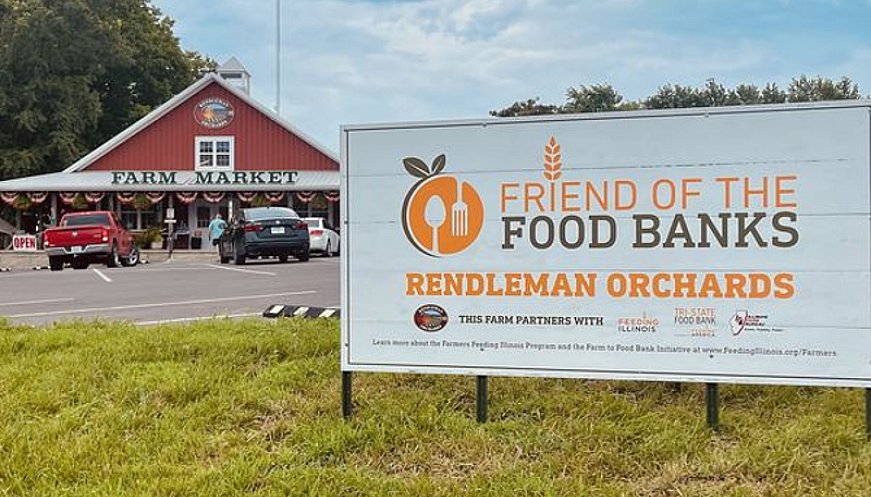 Photo: Michelle Sirles
Photo: Michelle Sirles
Food banks in Illinois got a special treat last year: more than 600,000 pounds of peaches, nectarines and apples deemed unsuitable for grocery stores. The Farm to Food Bank pilot project, which delivered the fruit, is making the food system more distributed and local, creating another market for local growers and allowing Illinois food banks to draw from farms closer to home with fewer potential supply-chain blockages. Feeding Illinois, which funds the program along with the US Department of Agriculture, is made up of eight large food banks that serve more than 3,000 pantries, soup kitchens and other aid providers. Through Farm to Food Bank, local growers are paid for their produce and to pick, pack and ship it. Growers recoup costs and avoid food waste, while consumers get healthy food straight from the farm. Farm to Food Bank aims to become a sustainable, long-term program funded by a mix of sources, like established ones in more than a dozen states.
More:














